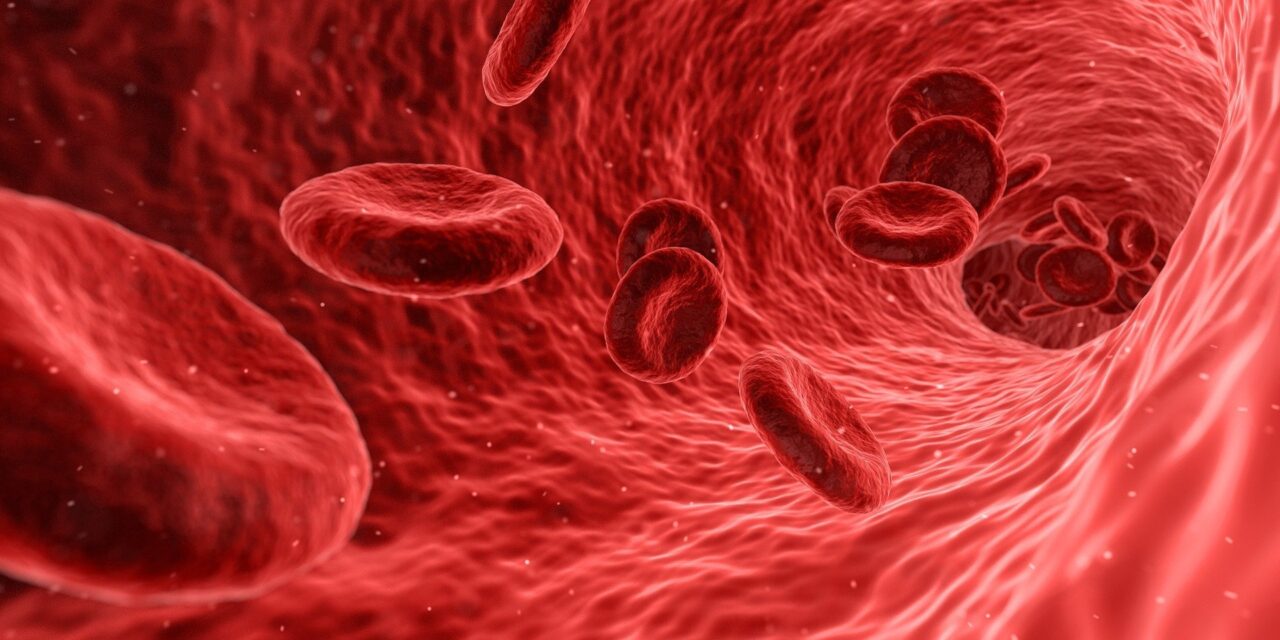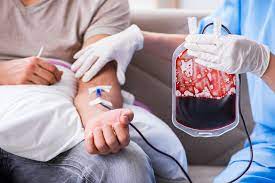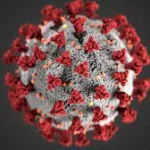Preeclampsia, a serious pregnancy complication marked by high blood pressure and organ damage, remains the leading cause of maternal-fetal death in Brazil and the second most common worldwide. A recent Brazilian study published in PLOS ONE has revealed that blood metabolite patterns vary according to the severity of preeclampsia, offering new insights into the disease’s mechanisms and potential therapeutic interventions.
New Findings on Preeclampsia
Researchers analyzed blood samples from 173 pregnant women categorized into four groups: healthy, gestational hypertension, preeclampsia, and severe preeclampsia. Using metabolomic analysis, they identified small molecules produced during metabolism and found that certain metabolites correlated with disease severity.
“Our investigation demonstrated that metabolism was altered in these women and that these changes were linked to clinical variables. This is crucial for understanding preeclampsia, particularly in terms of organ damage,” said Professor Valeria Cristina Sandrim from São Paulo State University’s Botucatu Institute of Biosciences (IBB-UNESP), the study’s senior author.
Metabolite Indicators of Disease Severity
Using hydrogen nuclear magnetic resonance spectroscopy (1H NMR), the researchers identified 19 key metabolites, with 11 showing significant differences across the study groups. Women with severe preeclampsia exhibited higher levels of acetate, N,N-dimethylglycine, glutamine, alanine, valine, and creatine compared to those with gestational hypertension and healthy controls.
Further analysis revealed that elevated levels of N,N-dimethylglycine, alanine, and valine were linked to increased blood pressure, worse obstetric outcomes, and more severe organ damage, particularly affecting the kidneys and liver. Metabolic disturbances also indicated disruptions in nitrogen metabolism, methionine, and urea cycles.
“These metabolic disturbances suggest renal impairment and hepatic dysfunction, providing deeper insight into the pathophysiological mechanisms of severe preeclampsia,” Sandrim added.
Future Research and Potential Treatments
The study paves the way for two major lines of future research. First, in vitro experiments will investigate which metabolic pathways are affected and whether existing drugs can target these alterations. Second, doctoral candidate Julyane Kaihara will focus on identifying biomarkers that can predict the risk of preeclampsia.
“We will collect blood samples from pregnant women before they are diagnosed with preeclampsia to identify potential early metabolic markers. If successful, this could improve monitoring and care for at-risk women, especially in areas with limited specialized maternity facilities,” Sandrim explained.
Conclusion
This pioneering study enhances our understanding of preeclampsia and its impact on maternal health. By identifying metabolic signatures linked to disease severity, researchers hope to develop targeted treatments and predictive markers to improve maternal and fetal outcomes worldwide.
Disclaimer: This article is for informational purposes only and does not constitute medical advice. Patients should consult healthcare professionals for diagnosis and treatment of preeclampsia or any other medical condition.











